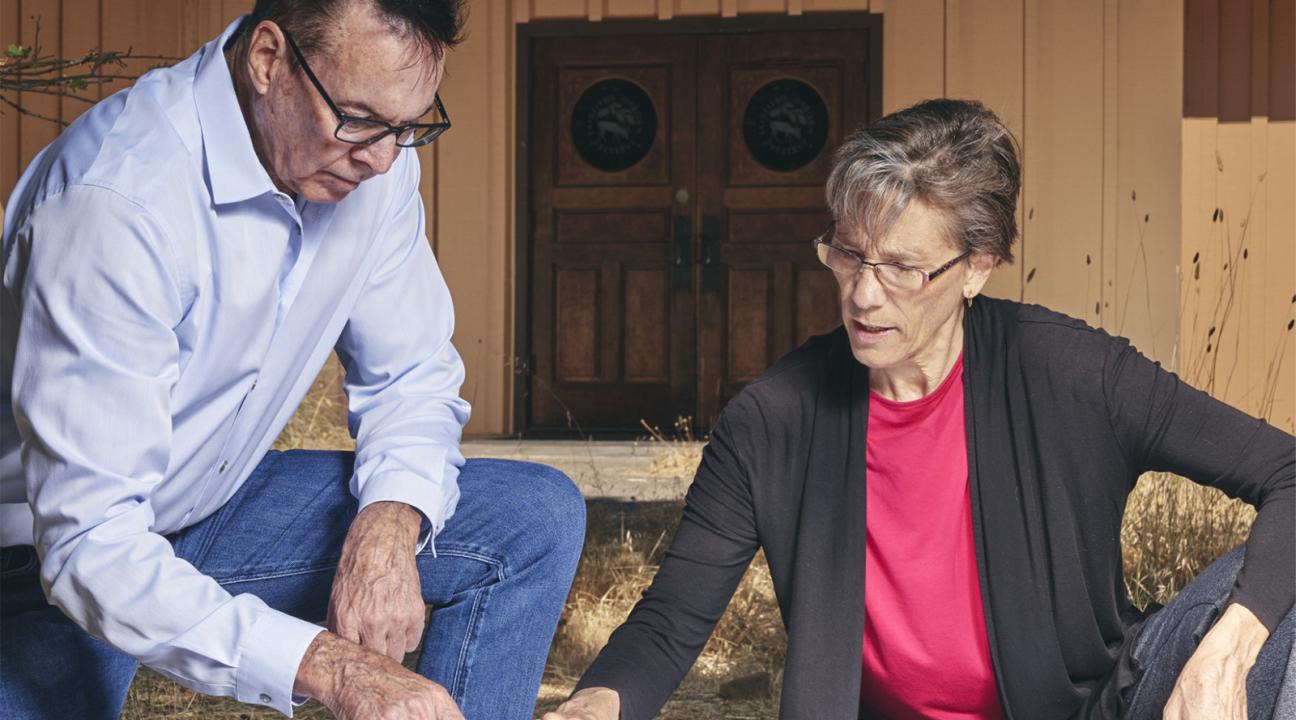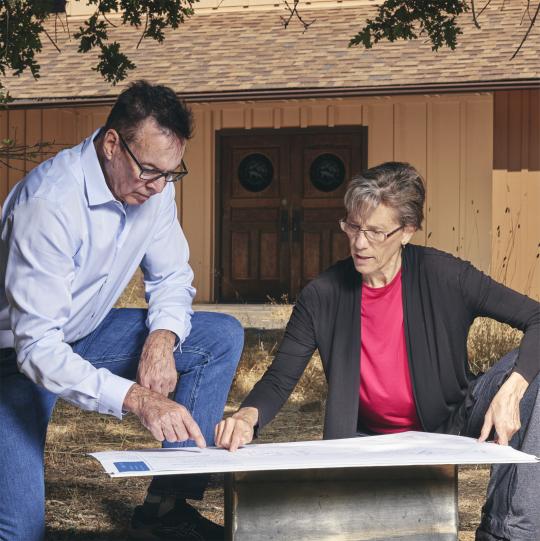Looking Back, Embracing the Present, & Moving Forward
New Federated Indians of Graton Rancheria Learning Center will expand community and reinvigorate connections with the land
When you find yourself in the heart of Sonoma County – away from urban areas and among mountains, trees, creeks, frogs, and coyotes – why did you come?
Beautiful scenery?
Fresh air?
Exercise?
Peace of mind?
You may return home feeling invigorated, wishing you could spend more time in nature. But few of us realize that the very lands we visited are an essential and ongoing part of our daily lives – giving us clean air, fresh water, food, power, and even health.
CEI is partnering with the Federated Indians of Graton Rancheria (FIGR) to transform and improve our relationship with the land – not only to learn about the benefits we receive, but ways we can give back to the processes that sustain us.
Claudia Luke, director for the SSU Center for Environmental Inquiry (CEI), said the $2.8 million FIGR donation will establish a new FIGR Learning Center at SSU’s Fairfield Osborn Preserve. The Center is scheduled for completion in December 2022 and will support education, research and problem-solving about human-environment interactions on Sonoma Mountain.
“The partnership with FIGR is essential to our future. Lack of understanding about our relationship with natural systems has pushed our world to the breaking point,” said Luke. “The knowledge, wisdom and expertise of indigenous communities must become a central part of the conversation if we are going to halt the damage we’re doing to ourselves and the planet.”
The donation will remodel existing facilities and improve safety and access to the Osborn Preserve, a 450-acre preserve on Sonoma Mountain dedicated to education and research. The heart of the renovation is a new listening circle, an outdoor seating area that encourages storytelling and exchange of ideas s among people of all backgrounds. Other projects include expanded parking capacity, ADA access, new signage guiding people to the preserve, and important fire safety updates.
Greg Sarris, Chairman of the Federated Indians of Graton Rancheria, explained during an interview with CEI in 2016 that Sonoma Mountain is the ancestral home of the Coast Miwok and Southern Pomo peoples, but the link was severed when Europeans colonized the land.
“The Landscape was our Bible, was our sacred text. It was how we knew stories, read stories – features of the landscape were stories,” Sarris said. “When we were moved from the land and when the land itself was radically altered, it's comparable to having the sacred text burned, and what's left are shards.”
Sarris said much of the severed link may not return to what it once was, but it can still be rebuilt and renewed via relationships – with the land and with each other.
“We can never go back…. We are all here now. … We can't go there anymore,” said Sarris. “What opportunity do we have and what stories create a home for us once again?”
The FIGR donation will support Sarris’ vision by laying the groundwork for new collaborations and programs that reinvigorate the mutually supportive relationship between our diverse peoples and the landscapes of Sonoma County.
“We are beginning a long-term relationship, not only one that reestablishes connections of the tribe to their ancestral lands – but one that forges new collaborations between the university and the tribe,” said Luke. “Together we can grow new programs to help people change the way they think about the land and better understand their part in keeping it healthy.”
For Sarris, that thinking involves both the head and the heart.
“Too often in environmentalism… it's all about what science tells us we should know,” Sarris said. “But science is story that doesn't necessarily move the heart and emotions. Until the land – the mountain – is your mother; is a friend; is a relative that you can't dispense with; until it's that emotional, that deep, nothing is going to be fixed, nothing is going to heal.”
If you would like to visit the Osborn Preserve and take part in this healing, reinvigorating, and relationship building, visit CEI at cei.sonoma.edu, or email [email protected].



